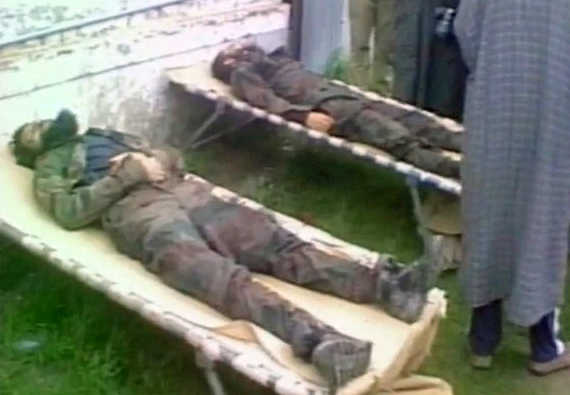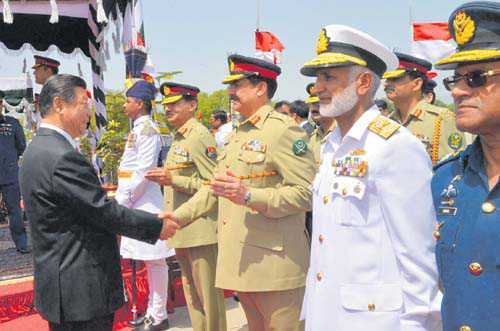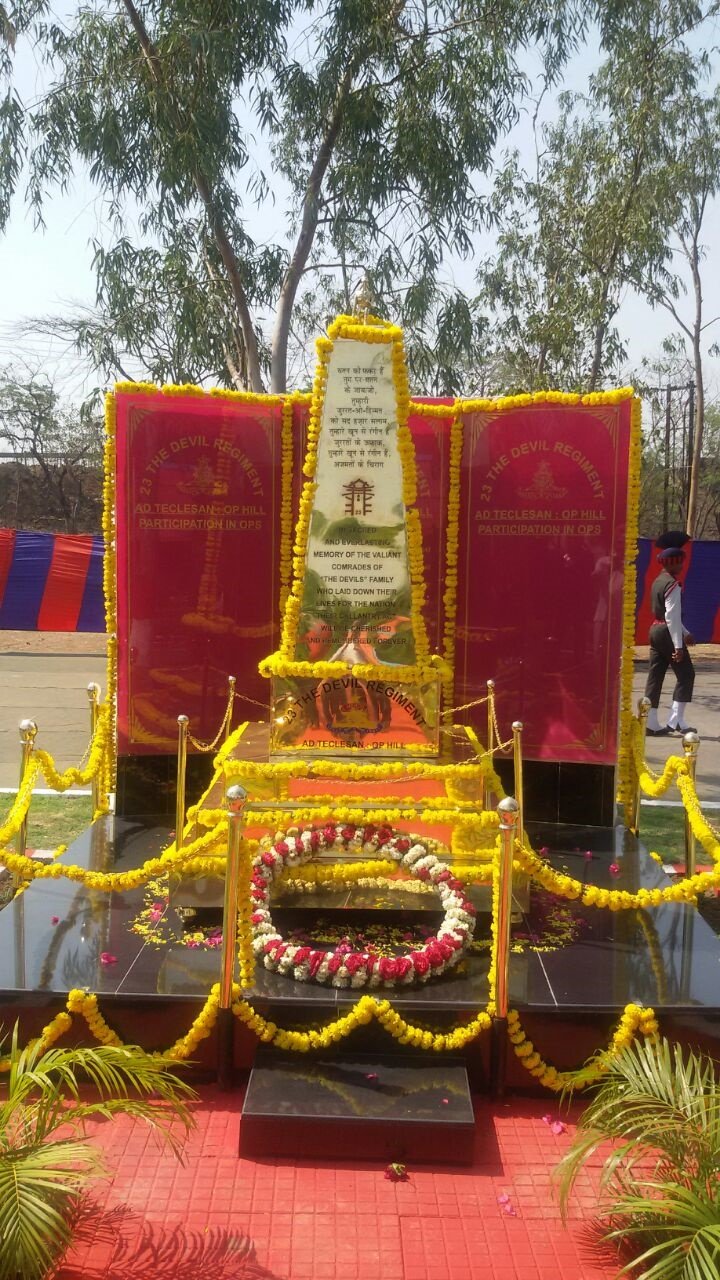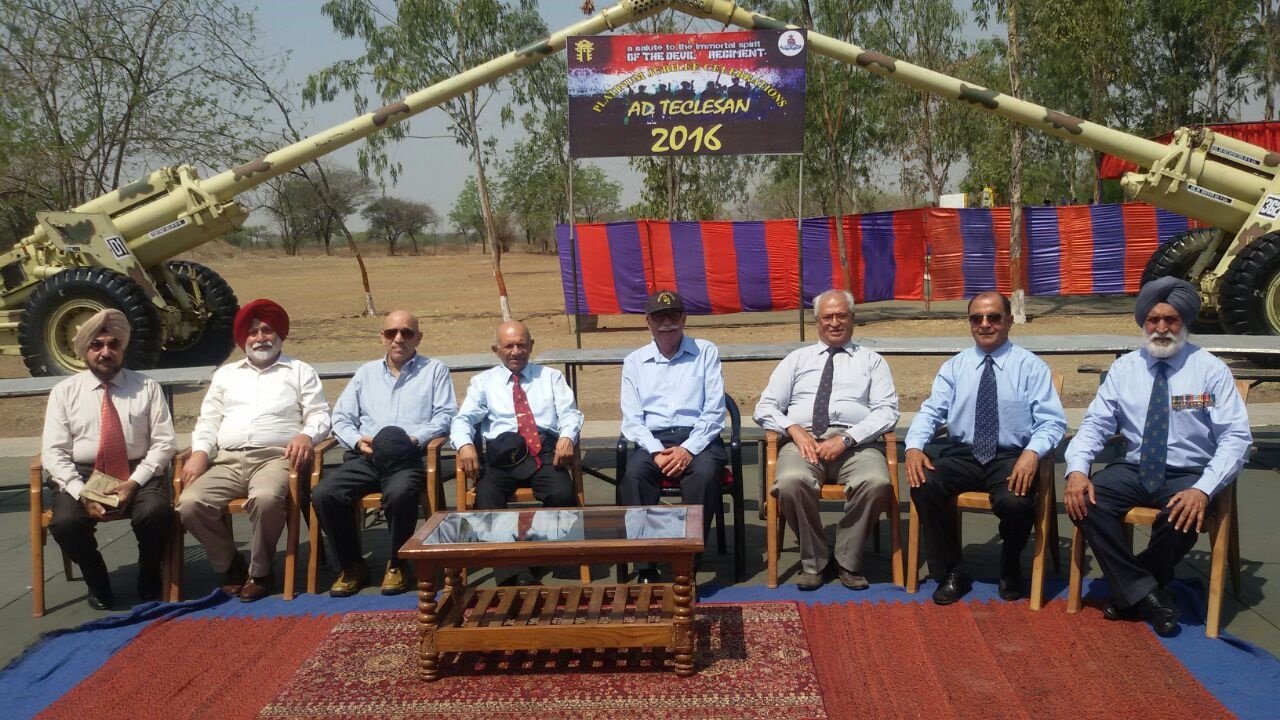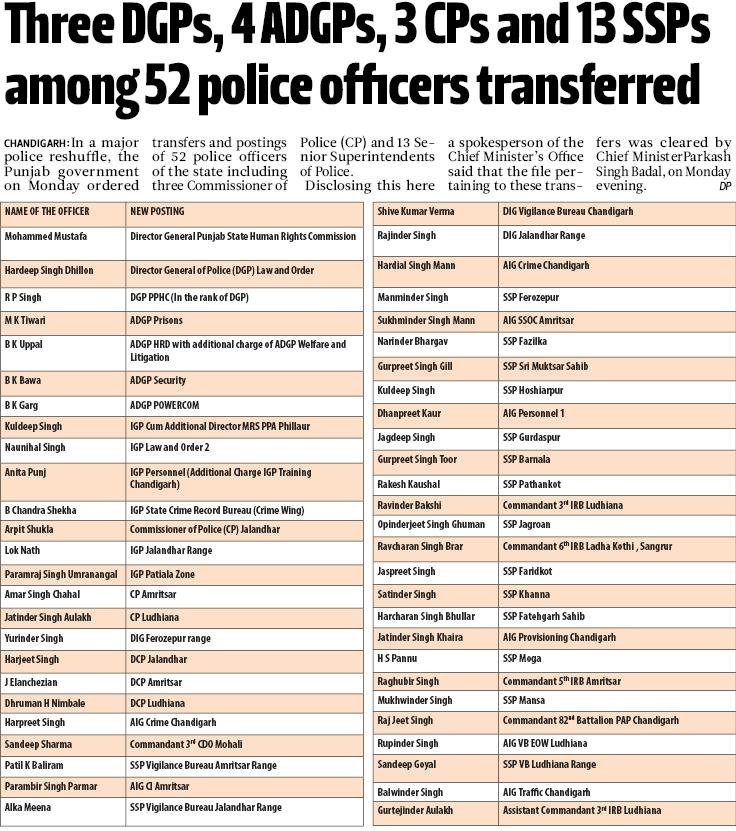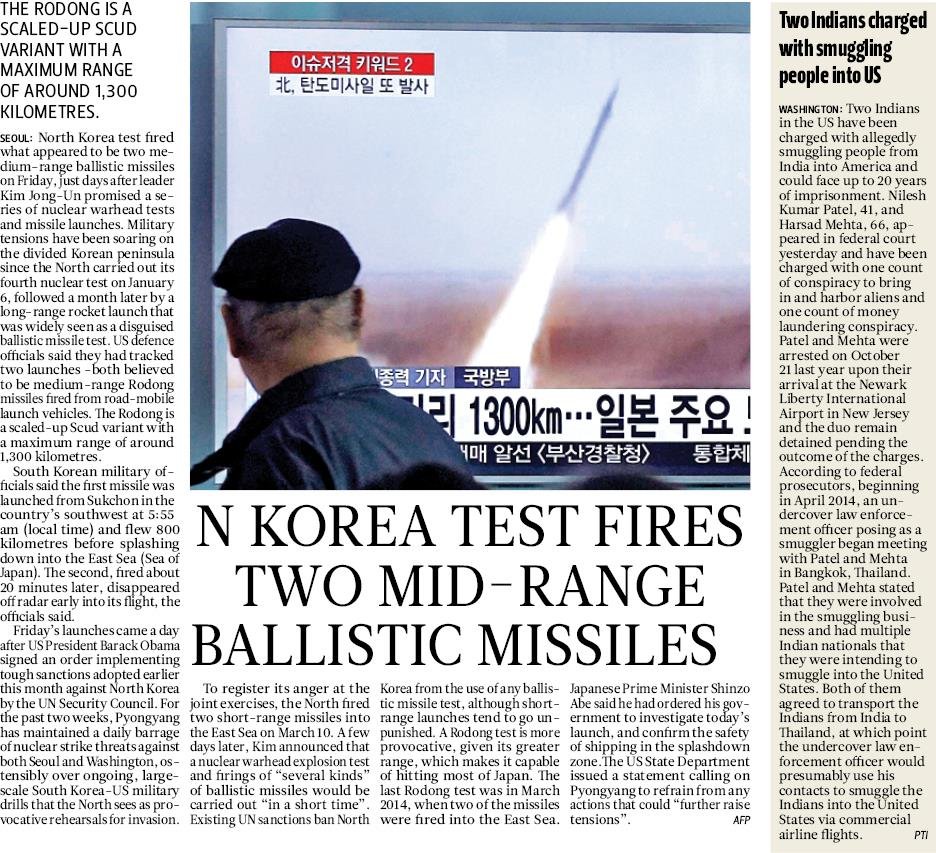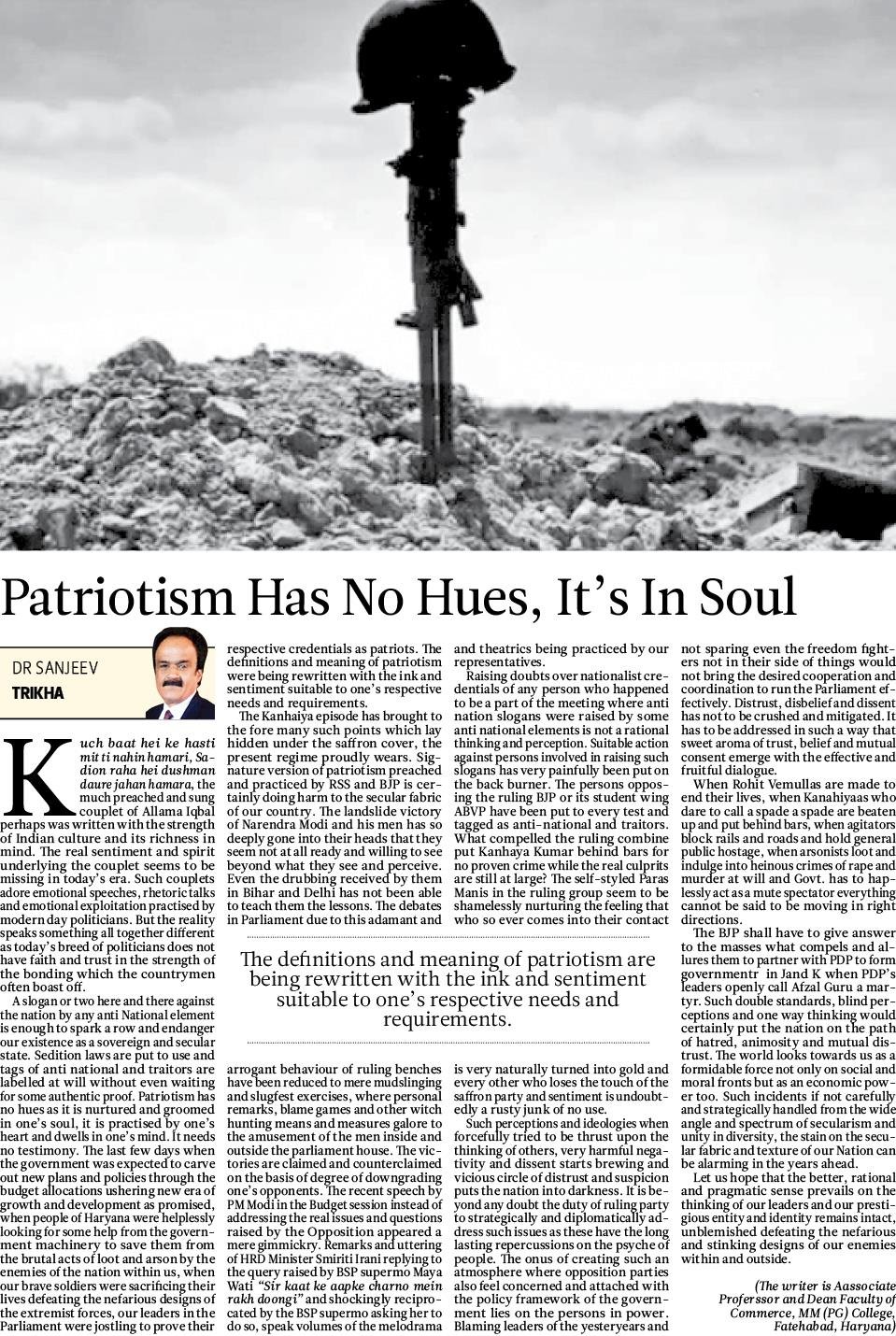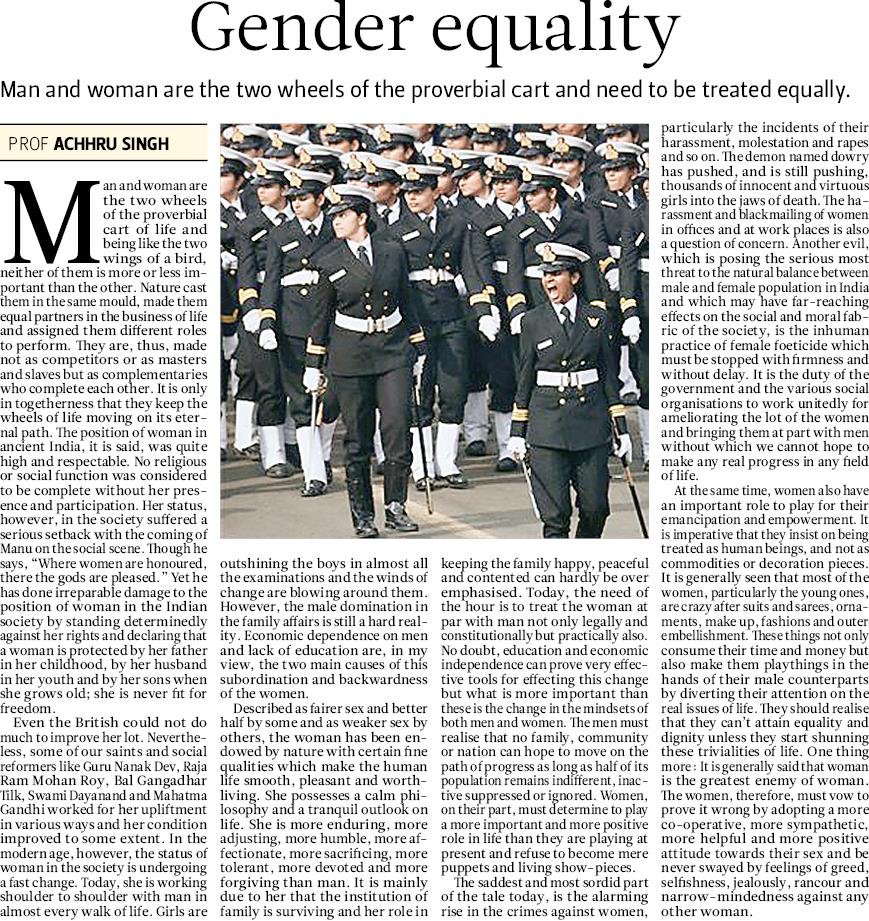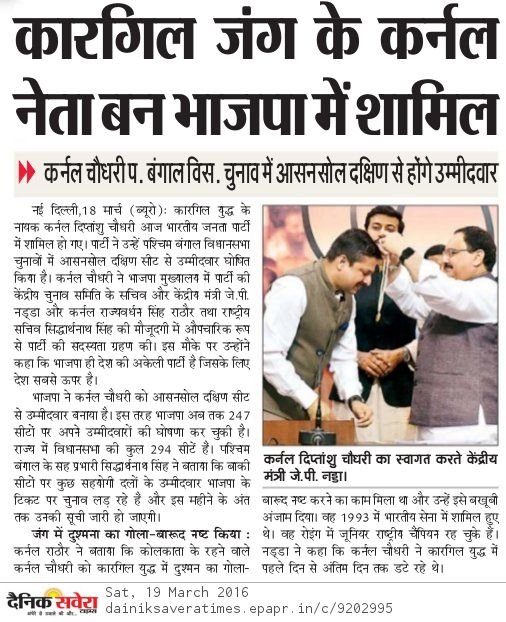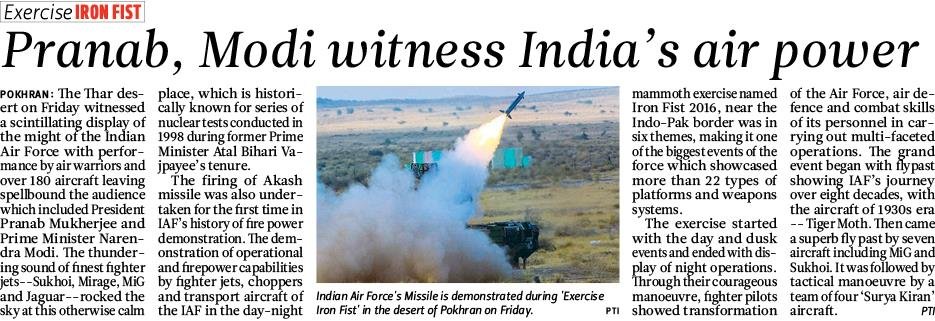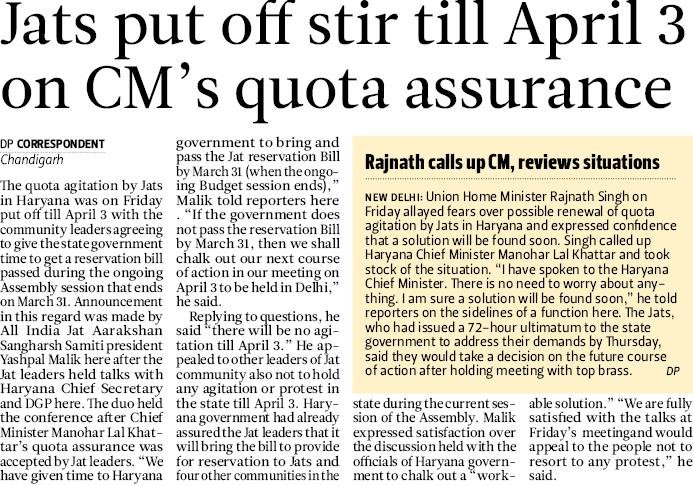A U.S.-China war seems to be up ahead in the horizon as the United States is reportedly in talks with India to help each other track submarines in the Indian Ocean in response to China stepping up its undersea activities in the area.
The United States and India will be holding talks on strengthening cooperation on anti-submarine warfare (ASW) in order to devise strategies to keep in Chinese submarines, reports Reuters.
With the tension in South China Sea growing over China’s continued militarization of the area, the United States is seeking help from New Delhi, who so far has remained reluctant to be drawn into America’s embrace.
But troubled by Beijing’s repeated incursions into the Indian Ocean, New Delhi agreed to open up its military bases to the U.S. in exchange for access to weapons technology to help it narrow the gap with China. Indian naval officials say Chinese submarines have been sighted on an average four times every three months. Some are seen near India’s Andamans and Nicobar islands that lie near the Malacca Straits, the entry to the South China Sea through which more than 80 percent of China’s fuel supplies pass.
Neither India nor U.S. military officials, however, have officially revealed details of the talks. “These types of basic engagements will be the building blocks for an enduring navy-to-navy relationship that we hope will grow over time into a shared ASW capability,” a U.S. official told Reuters.
According to an Indian naval source, this year’s Malabar naval exercise taking place in the northern Philippine Sea in June will allegedly include Indo-U.S. ASW drills.
India and the United States already operate variants of the Boeing P-8A Poseidon maritime patrol/anti-submarine warfare aircraft, says The Diplomat. The Indian Navy currently operates eight P-8I Neptune, an export version of the P-8A, and has placed an order for four more aircraft in July 2015. The P-8I is equipped with some of the most modern U.S. ASW technology including a Telephonics APS-143 OceanEye aft radar system and a cutting-edge magnetic anomaly detector. The aircraft is also armed with U.S. weapons systems including Harpoon Block-II missiles, MK-54 lightweight torpedoes, rockets and Mark 82 depth charges.
On the other hand, China is seeking to break up nations of the Association of Southeast Asian Nations (ASEAN) on the South China Sea dispute in a push against Washington. China’s foreign minister Wang Yi recently announced in Laos that Beijing had reached a four-point consensus with three of 10 countries including Brunei, Cambodia and Laos of the ASEAN on the South China Sea issue.
They agreed that the sovereign states were free to choose their own ways to solve disputes; and there should be no attempt to unilaterally impose an agenda on other countries. They further asserted that territorial and maritime disputes should be resolved through consultations and negotiations by parties directly concerned; and that China and ASEAN should be able to maintain peace and stability in the South China Sea through cooperation.
China is attempting to secure diplomatic support from states on the disputed islands that they hold, ahead of the verdict on the Philippines’ case against Beijing at The Hague expected in May or June.
So the tensions in the region continue to rise and with the Hague verdict nearing, the possibility of war also nears in case China refuses to let go of the disputed area that the International Court of Arbitration may give to Philippines.























































